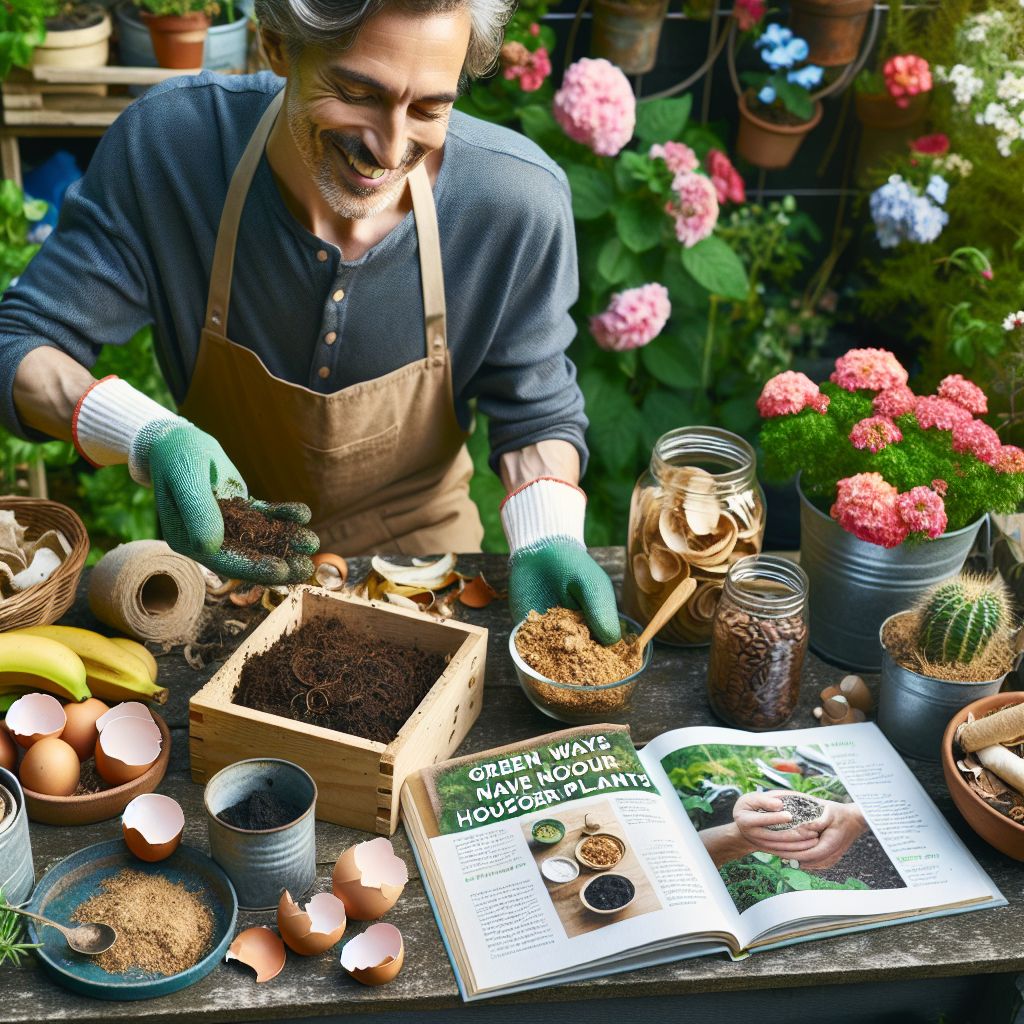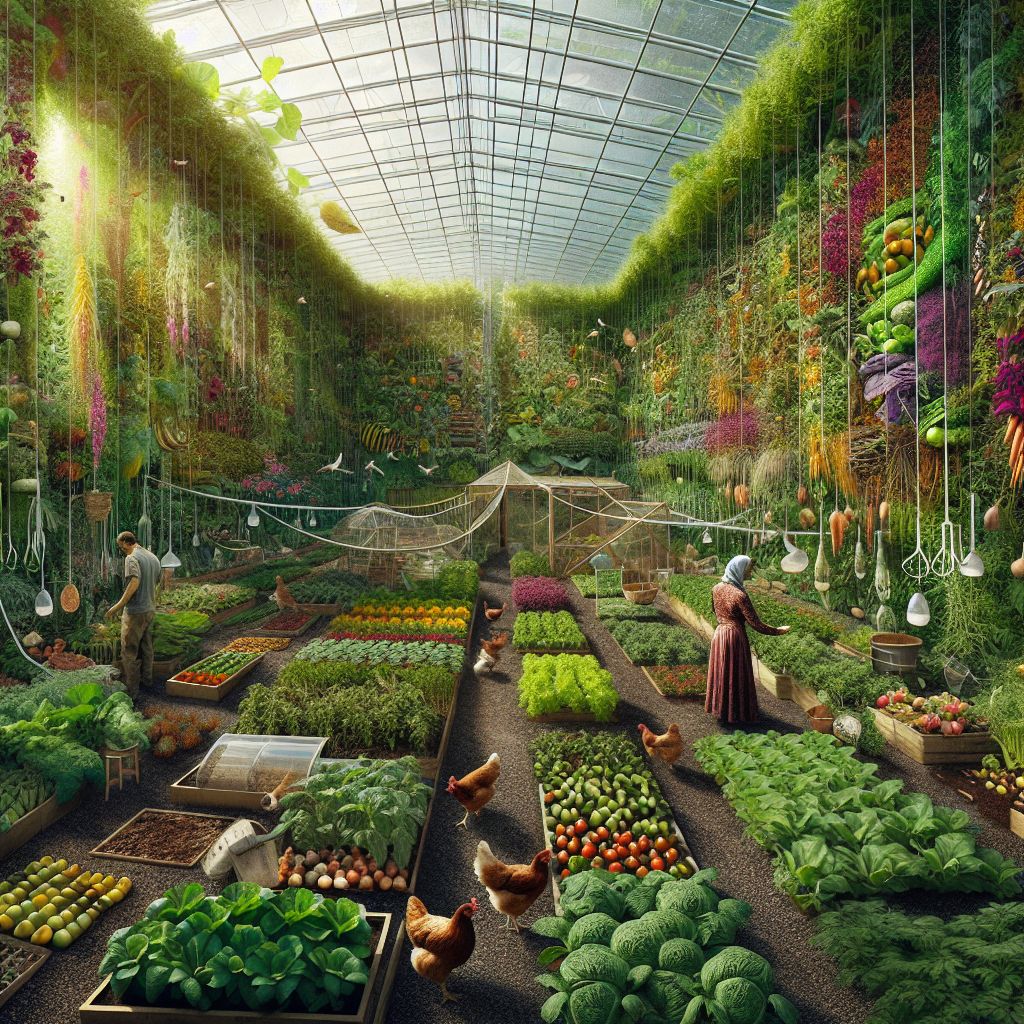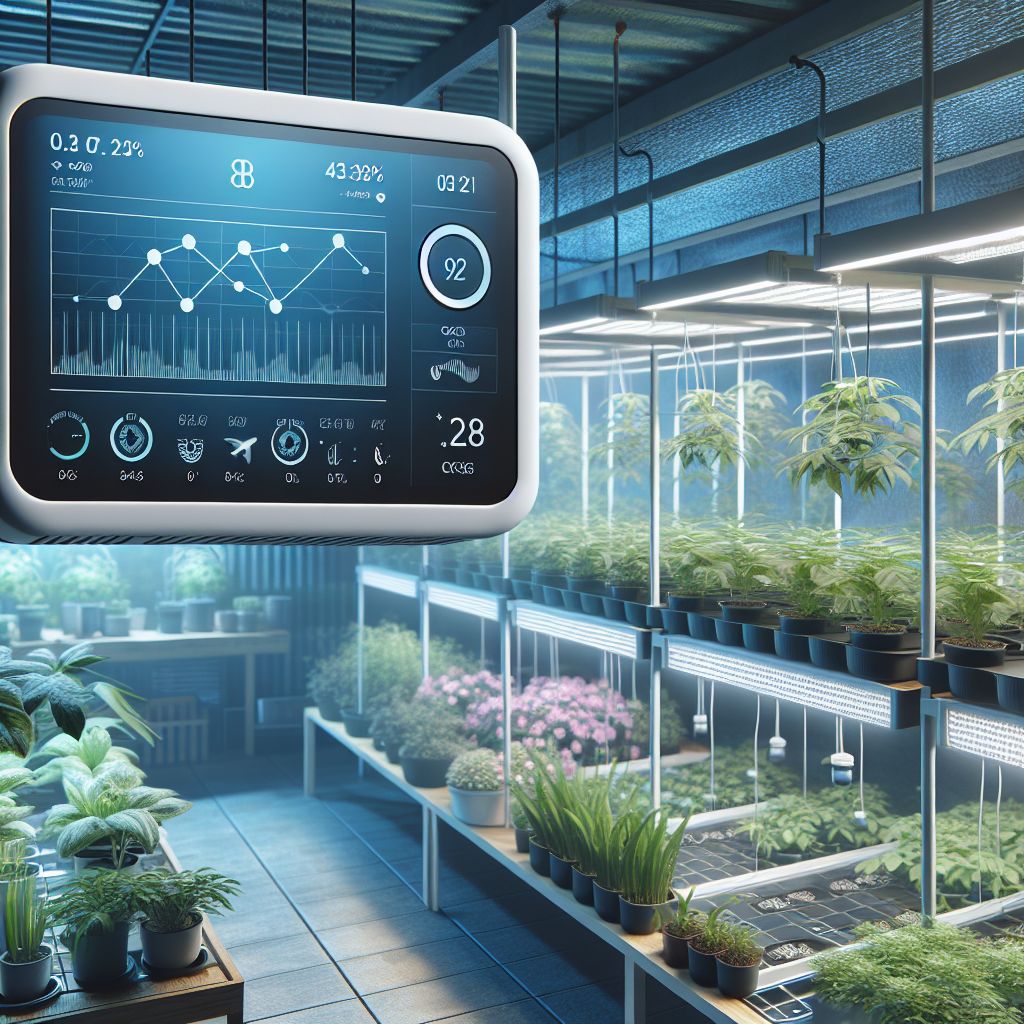Key Takeaways
- Understanding pH levels is crucial for nutrient uptake and plant health in hydroponics.
- Regular monitoring of pH ensures that plants have the optimal environment to thrive.
- Simple tools like pH testing kits and digital pH meters can help maintain the right pH balance.
- Adjusting pH levels can be done safely using household items or commercial products.
- Consistency and attention to detail are key for preventing and addressing pH fluctuations.
Unlocking the Power of pH in Hydroponics
When you dive into the world of hydroponics, you’ll quickly learn that pH isn’t just a concept from your high school chemistry class—it’s a vital part of your plants life. Just like humans, plants need the right balance to absorb their food. Think of pH as the gateway to their meals, if the gateway is too narrow or too wide, your plants might not get the nutrients they need, no matter how much you feed them.
The Sweet Spot: Why pH Matters for Your Plants
Let’s get down to brass tacks. pH stands for ‘potential hydrogen’ and it measures how acidic or alkaline your water is. Most plants in your hydroponic system will flourish when the pH is between 5.5 and 6.5. Why? Because this range is the sweet spot for nutrient availability. If your pH is off, your plants can’t pick up the essential nutrients from the water, even though they’re swimming in them.
Common Signs of pH Imbalance
Keep an eye out for these troublemakers—they’re the tell-tale signs that your pH might be off balance:
- Yellowing leaves, which could indicate a nutrient deficiency
- Stunted growth or wilted plants, as they’re unable to absorb what they need
- Brown spots and curled leaf edges, signaling nutrient burn or lockout

These symptoms can also be caused by other issues, but checking your pH is a great first step to diagnosing your plant problems.
Testing Your Waters: Methods to Monitor pH Levels
There are a few ways to test your pH, and each has its pros and cons. But remember, the goal is to check regularly and adjust as needed. Consistent monitoring will keep your plants happy and prevent larger issues down the line.
pH Testing Kits: Pros and Cons
pH testing kits are like the dipsticks of your hydroponic system. They’re easy to use and generally inexpensive. You simply take a sample of your water, add a few drops of the testing solution, and compare the color to a chart. However, they’re not the most precise, and the color matching can sometimes feel like a guessing game.
Digital pH Meters: Steps for Accurate Readings
Digital pH meters, on the other hand, give you a clear, numerical reading of your water’s pH. Here’s how to get the most accurate results:
- First, calibrate your meter according to the manufacturer’s instructions.
- Rinse the electrode with distilled water before and after each use.
- Submerge the electrode in your nutrient solution and wait for the reading to stabilize.
- After reading, clean and store the electrode properly to ensure its longevity.
These meters are more of an investment upfront, but they’re worth it for the precision they offer, especially when you’re striving for that perfect pH balance.
Keeping It Steady: Best Practices for pH Stability
Now that you’ve got the hang of testing, let’s focus on maintaining that pH sweet spot. Stability is key. Fluctuations in pH can throw your plants for a loop, so let’s keep things steady.
Understanding Your Water Source
Your water source can have a huge impact on pH stability. Tap water often contains minerals that can affect pH levels. It’s a good idea to test the pH of your water source right out of the gate. This gives you a baseline to work from, and you’ll know how much you might need to adjust your pH when you mix your nutrient solution.
The Role of Nutrients in pH Fluctuations
Besides that, nutrients you add can also sway the pH. Some nutrients lower the pH when they dissolve, while others raise it. Keep a close eye on how your pH changes after you mix in nutrients, so you can anticipate adjustments in the future.
- Always add nutrients to your water before adjusting pH, not the other way around.
- Measure your pH after the nutrients have had time to mix thoroughly.
- Adjust pH slowly, in small increments, to avoid shocking your plants.
Remember, the key to happy plants is consistency. If you can keep your pH stable, you’re on the right track.
Problem-Solving: Troubleshooting Common pH Issues
Even with the best practices, issues can arise. It’s part of the growing process. But don’t worry, we’ll walk through some common problems and how to fix them.
One of the most frustrating issues is when the pH level in your hydroponic system won’t stay put. This is often referred to as “pH drift.” It’s normal for pH to drift slightly over time, but if you’re making adjustments and the pH is still bouncing around, it’s time to investigate.
Another common problem is persistent pH imbalance. If you’re consistently seeing pH levels that are too high or too low, despite your best efforts to adjust them, it could be a sign of an underlying issue.
For example, if you’re experiencing a persistent high pH, it could be that your water source has a high alkalinity. In this case, you might need to use a pH down solution more frequently or in larger quantities. Conversely, if you’re struggling with a low pH, it could be that your nutrient solution is too acidic, and you’ll need to use a pH up solution.
Here are some steps to help you troubleshoot these common issues:
- Re-calibrate your pH meter to ensure it’s giving you accurate readings.
- Check that you’re adding the correct amounts of nutrients and pH adjusters.
- Examine your water source for any changes that could be affecting pH.
- Ensure that your water temperature is within the optimal range, as temperature can affect pH levels.
Most importantly, keep a log of your pH levels and any adjustments you make. This will help you spot patterns and get to the root of the issue faster.
Success Stories: High-Yield Crops with Perfect pH
Once you’ve mastered pH control, the results can be truly impressive. Let’s take a look at some success stories where precise pH control made all the difference.
Case Study: Lettuce Thrives at pH 6.0
Lettuce is a hydroponic favorite, and it loves a slightly acidic environment. A grower I know kept their lettuce at a steady pH of 6.0 and saw a significant increase in growth rate and yield. The key was daily monitoring and slight adjustments to keep the pH locked in.

Growing Tomatoes: Finding the Ideal pH Range
Tomatoes are a bit more finicky, preferring a pH between 5.5 and 6.5. By maintaining this range, another grower was able to maximize the flavor and size of their tomatoes. The trick was regular testing and using the right combination of pH adjusters to keep the levels just right.
Both these stories highlight the importance of attention to detail and the wonders it does for your hydroponic crops. By staying vigilant and responsive to your plants needs, you can achieve the same level of success in your own hydroponic garden.
FAQ
How often should I check the pH level in my hydroponic system?
You should check the pH level of your hydroponic system at least once a day. It’s like checking the weather before you head out, it lets you know what you’re dealing with and if you need to make any adjustments. Frequent checks are especially important after adding nutrients, as they can change the pH balance. Think of it as a daily health check-up for your plants.
Can I use household items to adjust pH levels?
Absolutely! For lowering pH, common household vinegar can be used, while baking soda can be employed to raise pH levels. However, you must be cautious with the amounts you use—start with small doses and monitor the changes closely. Commercial pH adjusters are more concentrated and consistent, but in a pinch, household items can save the day.
Here’s a quick guide on how to use these household items:
- To lower pH: Add a small amount of white vinegar to your nutrient solution and mix well. Check the pH and repeat if necessary.
- To raise pH: Dissolve a little baking soda in water and then add it to your nutrient solution. Stir thoroughly, wait a few minutes, and then retest the pH.
Why does my pH keep changing even after I adjust it?
pH fluctuations can be caused by several factors, including the quality of your water source, the type of nutrients you’re using, and even the growth stage of your plants. If you’re experiencing ‘pH bounce,’ where the level changes soon after adjusting, consider the interaction between your nutrients and the water. Also, ensure you’re mixing your nutrients properly before adjusting pH, as this can significantly impact stability.
What are the effects of pH on nutrient uptake?
pH levels directly influence the solubility of nutrients, which affects their availability to plants. If the pH is too high or too low, certain nutrients become less available, which can lead to deficiencies or toxicities. For instance, at a high pH, iron becomes less available, which can cause chlorosis, or yellowing of the leaves. Keeping pH balanced ensures that plants can access all the nutrients they need for optimal growth.
How precise do my pH measurements need to be?
Your pH measurements should be precise within a tenth of a pH unit. Most digital pH meters display readings to the nearest 0.1, which is sufficient for hydroponic gardening. Precise measurements help you make accurate adjustments and maintain the optimal range for nutrient uptake.
For example, if your pH meter reads 6.3 and your target is 5.8, you’ll know to make a slight adjustment. On the other hand, if your reading is way off, say at 7.5, you’ll need to take more significant action to bring it down to the desired level.
Remember, the more consistent you are with your measurements and adjustments, the more stable your pH will be, and the happier your plants will grow.
Mastering pH balance in hydroponics is a blend of science and art. It’s about understanding the basics, being vigilant with monitoring, and responding with a gentle touch. With the right knowledge and tools, anyone can achieve a thriving hydroponic garden. Remember to keep learning, stay curious, and don’t be afraid to get your hands a little wet. Happy growing!





